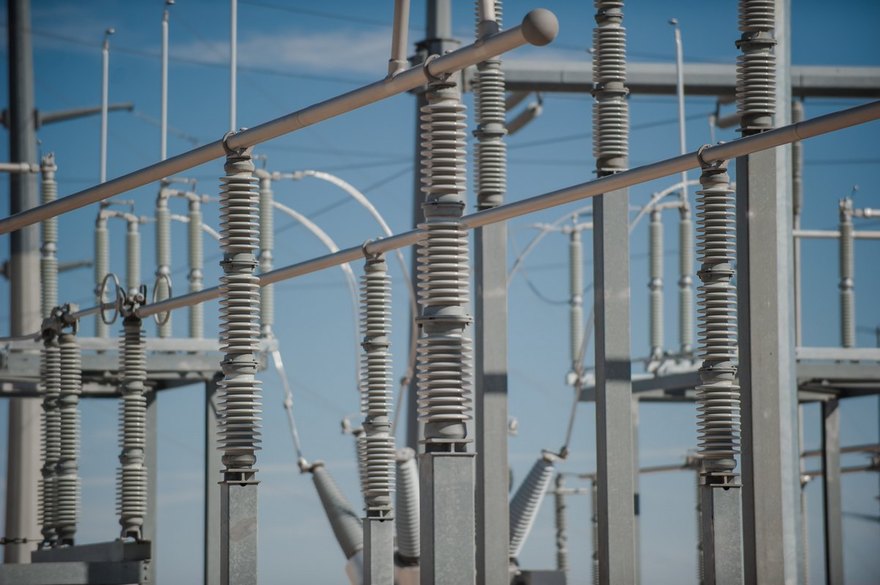White certificate – what is it and how does it work?
Not every company knows that by implementing actions improving energy efficiency, it can obtain additional funds. In addition to subsidies for various technological solutions, there are also separate financial instruments awarded based on the amount of energy saved – these are white certificates. Such certificates are intended to encourage entrepreneurs to implement energy-saving projects. White Certificates or energy efficiency certificates – what are they and why is it worth applying for them?

White certificates – what are they?
A white certificate is a confirmation of the amount of energy saved thanks to implemented investments improving energy efficiency. They are issued by the President of the Energy Regulatory Office and are intended to encourage investment in energy-saving technologies. The unit of value of a white certificate is toe, i.e. a ton of oil equivalent. One toe is 41.868 GJ, or 11.63 MWh. The minimum value of the certificate that can be applied for is 10 toe for one action or a group of actions of the same type.
Energy efficiency certificates can be traded on the Polish Commodity Exchange (TGE). The price of white certificates is variable, but their value is constantly rising. This means that after receiving a certificate for specific energy-saving projects, it can be sold on the stock exchange and thus shorten the payback period of the investment. White certificates are indefinite, which makes them a stable and safe capital investment.
Who can receive white certificates?
The certificates are intended for companies and institutions that have improved their energy efficiency. They can be applied for by, among others:
- energy companies,
- municipal companies,
- individual entrepreneurs,
- hospitals,
- local government units,
- cooperatives or housing communities.
Why is it worth obtaining white certificates?
White certificates bring several benefits both in the context of ecology and finance:
- Reduction of CO2 emissions
Implementing actions improving energy efficiency leads to a reduction in energy consumption, which directly translates into a reduction in greenhouse gas emissions. This is a step towards achieving climate goals and building a sustainable future.
- Financial savings
By improving energy efficiency, companies can significantly reduce their energy bills. Lower energy consumption means lower operating costs, which has a direct impact on improving the company's profitability.
- Source of additional revenues
The sale of white certificates on the energy exchange is an additional source of revenue. Companies that have invested in energy-saving solutions can thus recover part of the expenses incurred for investments.
- Image of a sustainable company
Companies that care about energy efficiency gain a positive image from customers and business partners. Taking pro-ecological actions is an important element of building a competitive advantage.
- Support for innovation
Investment in new technologies and energy efficiency solutions stimulates the development of innovation. Companies that decide to do so often gain a technological advantage, which allows them to better respond to growing market demands.
Examples of activities improving energy efficiency
In the context of obtaining energy efficiency certificates, companies can implement various activities aimed at improving energy efficiency. Here are some examples:
- Thermal modernization of buildings: thermal insulation of walls, roofs and foundations, replacement of windows and doors with more energy-efficient ones.
- Modernization of heat sources: installation of modern condensing boilers, heat pumps and cogeneration systems.
- Lighting optimization: replacement of traditional light sources with LEDs, installation of lighting control systems.
- Energy recovery: installation of heat recovery systems from industrial processes, ventilation or cooling.
- HVAC system modernization: use of more efficient heating, ventilation and air conditioning systems, including heat recovery technology.
- Reducing energy losses: related to the consumption of passive energy, network, transformation and in heating networks.
Improving energy efficiency can bring significant savings to the company. It is also an image benefit, allowing you to build a competitive advantage. If you want to find out what investments are worth making in your plant, contact us. In turn, we write about how to obtain a white certificate step by step in this guide on our blog: